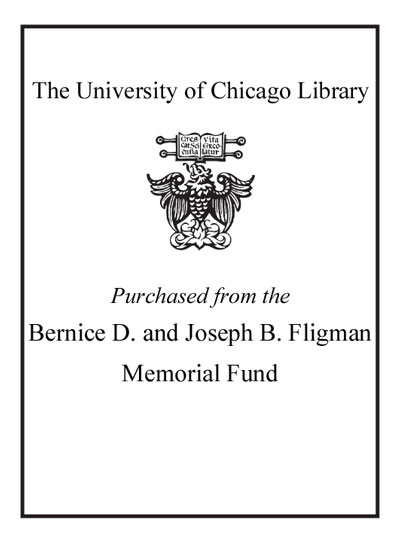Review by Choice Review
The roots of Michigan's strong textile culture lie in the production of household cloth for dress and linens in the late 1700s, when European and French Canadian immigrants contributed their own traditions to the local heritage. Weaving continued even when the Industrial Revolution made mill-produced textiles available; an effort was made in the early 20th century to preserve the textile legacy. Weaving was discovered to be therapeutic and a way to improve the quality of factory goods through designing prototypes on handlooms. Communities, colleges, and universities began to offer weaving courses, and the Arts and Crafts and Bauhaus movements were influential in the founding of Cranbrook Academy of Art and the College of Creative Studies in the Detroit area. Rural Hartland emerged as a community of craftspeople. Leaders, often master weavers, offered encouragement through courses, publications, fairs, and shows. Weavers gathered in study groups, and the Michigan League of Handweavers was established in 1959, offering guidance to individual guilds throughout the state. Accompanying the historic Fascination with Fiber exhibition, this valuable document by Gile (Michigan State Univ. Museum, Lansing) and Marzolf (emer., Univ. of Michigan) records objects in the show and guilds in the Michigan League of Handweavers. Notes; selected biographies. ^BSumming Up: Highly recommended. General readers; graduate students; faculty; researchers. M. Tulokas Rhode Island School of Design
Copyright American Library Association, used with permission.
Review by Choice Review

